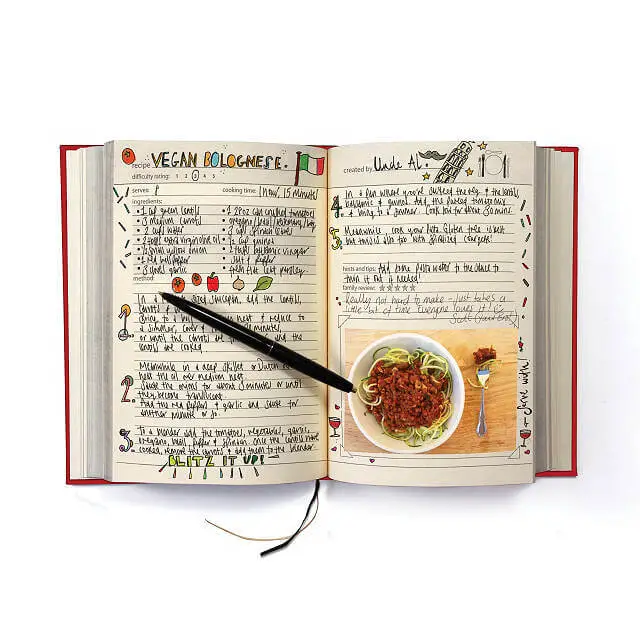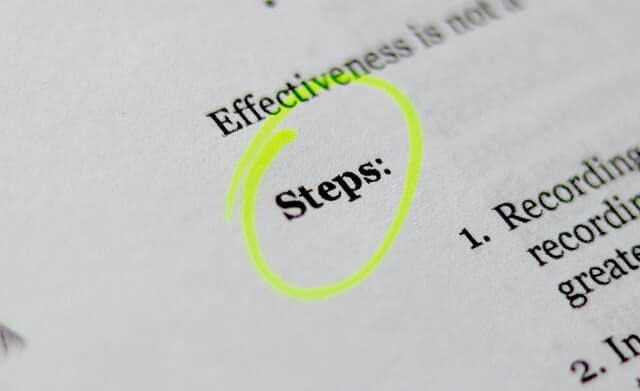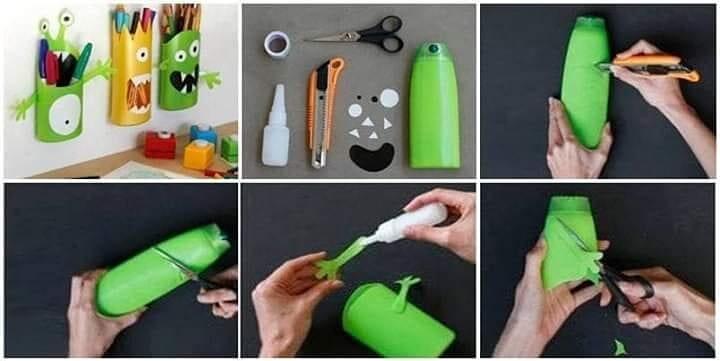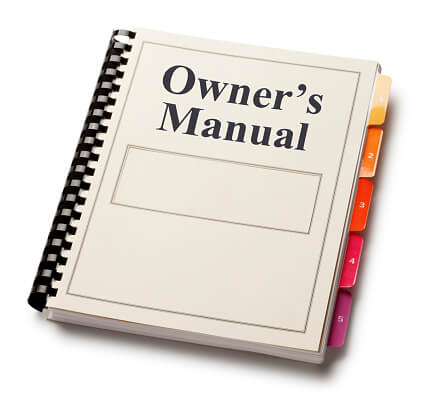Procedural texts are writings containing instructions detailed in an easy-to-follow, step-by-step layout.
As suggested by this name, such texts are designed to provide readers with instructions on how best to carry out specific procedures.
Today, the internet is flooded with these non-fictional texts from various niches as people increasingly embrace DIY projects.
Attributes of Procedural Texts
I. Numbered Instructions
All procedural texts feature a neatly arranged list of instructions.
Each number or point highlights one step in the procedure.
They are arranged chronologically from the first step to the last to guide readers accordingly as they undertake the activity in question.
II. Present Tense
This grammatical tense expresses an action that is taking place currently or a state that exists in the now.
It is a very important aspect of procedural texts given that it enables readers to easily follow through the instructions as they undertake the described procedure.
III. Second-Person Point of View
Also known as the “you perspective”, this type of writing communicates directly to the reader.
It is primarily indicated by the use of second-person pronouns, such as ‘you’ and ‘your’.
IV. Time Phrases
Time phrases are also used in procedural texts as signposts for each step.
These include words like ‘then’, ‘secondly’, and ‘next’.
They add to the writing’s chronological order.
Examples of Procedural Texts
1. Recipes

Recipes are sets of instructions describing how to cook a specific meal, drink, or snack.
In most cases, recipes are subdivided into three sections.
Section one includes a list of the required ingredients, while section two details the exact amount of ingredients to use.
Lastly, the third section details preparation instructions in a procedural text format.
2. User Manuals
Most people find it difficult to acclimatize themselves to new gadgets, such as mobile phones and television sets.
As such, manufacturers include a user (instructional) manual in the package to provide users with instructions on how to use the item or solve issues that may arise.
3. How-To Guide

This is an informative write-up describing how to carry out an action from the beginning to completion.
As is customary of procedural texts, how-to guides take the form of step-by-step guides that list the steps required to complete a specific task.
4. Safety Procedure
Also referred to as a safety protocol, this is a bit-by-bit plan of how to conduct a task with the least possible risk for materials and the people involved.
It is a standardized process with a primary goal of enhancing safety, mostly within the workplace.
5. Directions
Directions are instructions guiding people on which path to follow to reach a specific destination.
They can include driving, walking, biking, or public transport instructions.
6. Science Experiment

All science disciplines feature practical education activities designed to help students and researchers observe science concepts in action.
To perform such projects, individuals follow a set of instructions that are methodically arranged to guide them.
7. Assembly Manuals
It is not uncommon for certain items, such as furniture and toys, to be sold in disassembled parts.
Therefore, buyers are required to sub-assemble these pieces to ensure the item is ready for use.
An assembly manual is included in such packages to guide users through the assembly process.
These write-ups are usually written by the producer company and feature associated images for each step to make it easier for users to follow through the entire process to completion.
8. Game Manuals
These are documents explaining ways of playing electronic, as well as physical, games.
They provide readers with a detailed breakdown of the gameplay form and rules to be followed.
For electronic games, game manuals also include intricate tenets of the game, such as using cheat codes or booster programs.
9. Craft Tutorials

There are several craft activities that individuals can take part in ranging from making DIY décor to homemade gifts.
Craft tutorials are procedural texts designed to facilitate the successful completion of such tasks.
They include a list of required items and a step-by-step guide on how to use these items to come up with the perfect craft.
10. Standard Operating Procedures
Standard operating procedures (SOPs) are step-by-step instructions used within a company to help employees undertake routine procedures.
The goal of these write-ups is to standardize organizational processes and promote efficiency.
In Summary…
Procedural texts inform readers how to perform an activity or how to make an item.
They feature detailed instructions that ensure the audience is capable of completing the target procedure by themselves.
A fundamental aspect of these texts is their sequential format which breaks down the activity from the start to the end to avoid confusing the audience.
As the popular adage goes, you cannot understand a process if you stop it.
It is only possible to understand a process if you flow with it.
The two concepts, understanding and process, must come together to facilitate successful completion.
Procedural texts help join these two concepts.

